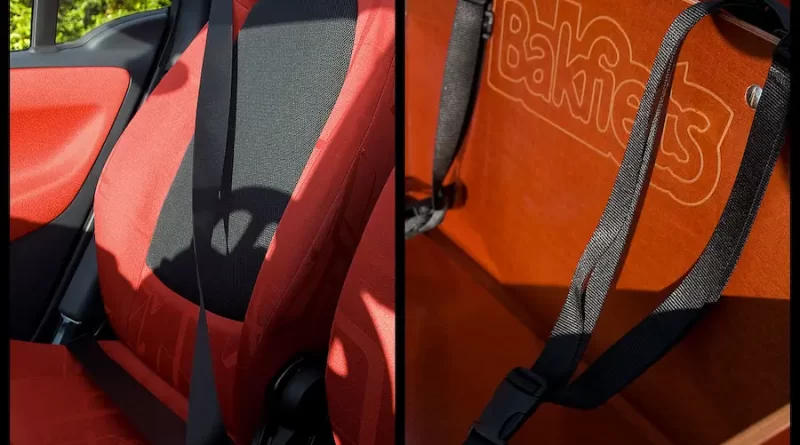Is the Three-Point Seat Belt System As Reliable As It Once Was?
The answer to this question is a resounding yes. The three-point seat belt has saved numerous lives in the years since it emerged. Some improvements exist, but by and large, the basic concept has stayed the same. The ability of the seat belt to save lives relies on a vehicular occupant to use it. In the past, usage was more variable. Let’s look at the three-point seat belt over the years, the improvements that have been made and how it continues to save lives.
The Three-Point Seat Belt Emerges
In 1962, the three-point seat belt emerged on the world stage. One year earlier, a Swedish mechanical engineer at Volvo designed the apparatus. His name was Nils Ivar Bohlin, and his life-saving invention received a patent. Volvo decided the patent would remain open so that other vehicle manufacturers could use it at no cost. This significant decision was made to ensure public safety on the road due to the inclusion of the three-point seat belt.
The Three-Point Seat Belt And Personal Safety
Before the introduction of the three-point seat belt, the lap belt reigned. The increased safety of the three-point seat belt is credited with saving about 15,000 lives in the United States annually, according to the National Highway Traffic Safety Administration. Bohlin demonstrated the effectiveness of his seat belt by looking at 28,000 vehicular crashes in Sweden.
The results showed that those who did not wear a seat belt suffered fatal crashes over the entire speed range. Alternately, belted drivers avoided fatalities if the impact was below 60 mph. Drivers who did not wear seat belts were subject to severe injuries and deaths.
The results of this study prompted the Department of Transportation in the United States to require three-point seat belts on all American cars.
Other Studies Show Seat Belts Are Effective
Other studies compared the efficacy of front seat restraints compared to those in the rear. Front seat restraints, for example, proved to be effective against head-on collisions by reducing fatalities by 50 percent. Overall, seat belts prevented fatalities in 74 percent of rollovers.
How Do Seat Belts Work?
The objective of a seat belt is to spread the stopping force of a collision over the pelvis and the rib cage, two sturdy areas of the body. In addition, seat belts are made of a more flexible material than the steering column and other hard surfaces. Seat belts also can retract and extend. This means that during everyday driving the seat belt can extend slightly, allowing the driver to shift their position. However, in an accident, the belt tightens and secures the body.
The flexibility of the seat belt is due to a retractor mechanism. When a collision occurs, the retractor spools in the loose webbing to maintain a tight fit. At other times, the rotator works in a counterclockwise direction and allows the webbing to loosen.
Locking Of The Retractor Spool
In an accident, the spool should not be able to loosen its grip. This is accomplished with a locking mechanism. The lock is triggered by the car’s movement or that of the seat belt.
If the vehicle hits a stationary object, it decelerates rapidly. This will quickly lock the spool. Jerking the webbing has the same effect.
Pretensioners
Pretensioners are used in newer vehicles. This is an upgrade to the locking mechanism. Instead of locking the spool, the pretensioner pulls up on the webbing, creating a tight fit. By doing this, the pretensioner provides the passenger with the safest fit in the event of a crash. In most cases, the pretensioner works along with a locking mechanism.
Seat Belt Injuries
In cases where the speed before the collision is high, seat belts have been known to cause serious injuries. The injuries happen at a high speed, and the seat belt must exert a great deal of pressure on the body to keep it in place. To avoid this problem, some seat belts use load limiters.
What Are Load Limiters?
The load limiter simply adds a small amount of webbing when the belt tightens. One way it does this is with a fold sewn into the seat belt webbing. When a particular force is applied, the sutures rip and extend the webbing a little. Some seat belts use a torsion bar instead of the fold that accomplishes the same loosening.
Seat Belt Improvement
Seat belts have saved millions of lives over the years and will continue to do so. However, they are not infallible, and improvements will continue to be made. The biggest problem is making riders use them.

